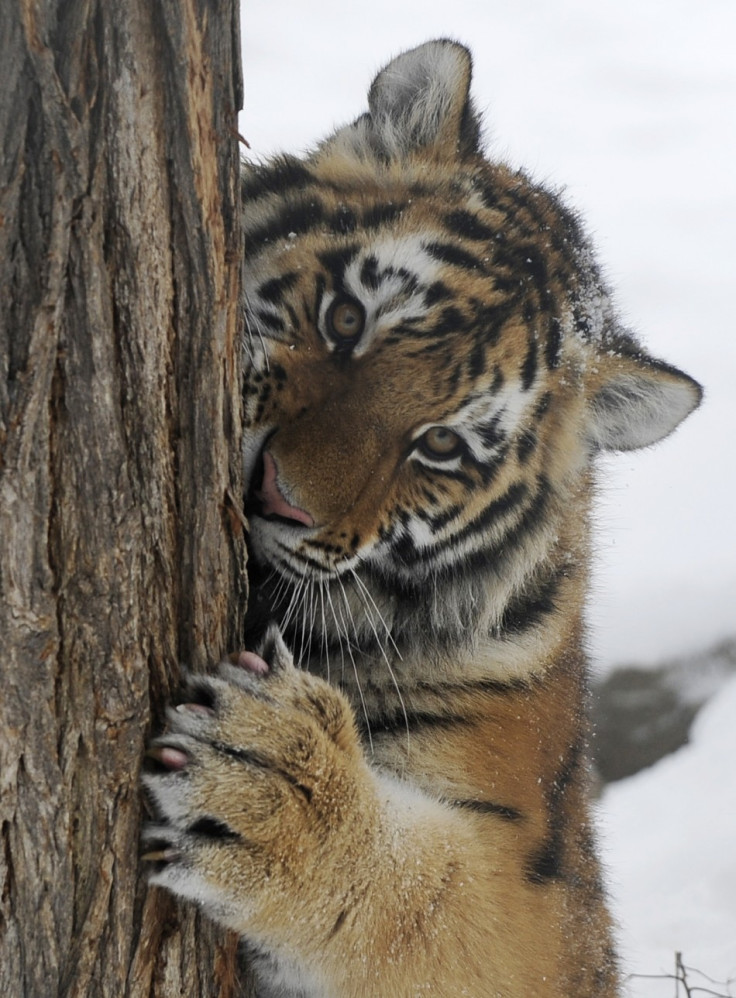Tigers Remain Vulnerable To Poaching in Most Protected Areas, Says WWF

Even though several initiatives have been taken against poaching like having legally protected areas for tigers across the globe, the big cats and several other endangered species are threatened by poachers.
Researchers from the World Wildlife Fund (WWF) have found that in 63 legally protected areas in seven tiger range countries only 35 per cent maintain WWF's minimum standards of protection. This clearly shows that in most of the areas many endangered species including tigers are threatened by poachers.
Researchers had conducted a study in 84 locations, 63 of them legally protected areas, in seven of the 12 countries where the WWF currently works on tiger conservation.
Researchers believe these sites are important for wild tiger population growth. They had evaluated each site on three critical factors for protecting tigers: the number of protected area staff, the use of law enforcement monitoring tools, and whether the park was officially protected by law.
They found only 35 per cent maintain WWF's minimum standards of protection. They believe lack of adequate staff was the main reason for failure to adhere to minimum standards of protection.
One example is Malaysia's Royal Belum State Park, critical for the survival of the Malayan tiger and where considerable poaching activity has been documented. Although occupying an area of over 1,000 km2, the park only has 17 enforcement staff.
In contrast, protected areas such as the Kaziranga National Park in India, with approximately 800 enforcement staff for about 860 km2, have been able to stem poaching activity. In Nepal, 2011 was recently celebrated as a Zero Poaching Year for Rhinos, which was largely attributed to an increase in range posts across several protected areas from seven to 51.
The study also revealed that only 29 per cent are currently using computer-based, law enforcement monitoring systems to help them manage their sites more effectively, whereas the rest of them are using manual analysis.
Researchers believe that new technologies and manpower should be increased to reach zero poaching.
"Clearly, a large number of areas important for tigers urgently need increased investment in protection and enforcement," said Craig Bruce, WWF's expert on enforcement and protection of wild tigers. "Tiger range governments should immediately and dramatically increase their commitment and investment in securing these sites. They should ensure there are sufficient, effective and dedicated enforcement teams on the ground, working towards zero poaching."
"Poaching is the most immediate threat to tigers and protected areas are the first line of defence against poaching," said Mike Baltzer, head of WWF's Tigers Alive Initiative, in a statement. "If this preliminary assessment reflects the full situation on-the-ground, then protected areas are not functioning as an effective safe haven for tigers. Without places tigers can be safer from poaching, there is no hope to meet the target of more than 6,000 tigers by 2022."
© Copyright IBTimes 2025. All rights reserved.




















